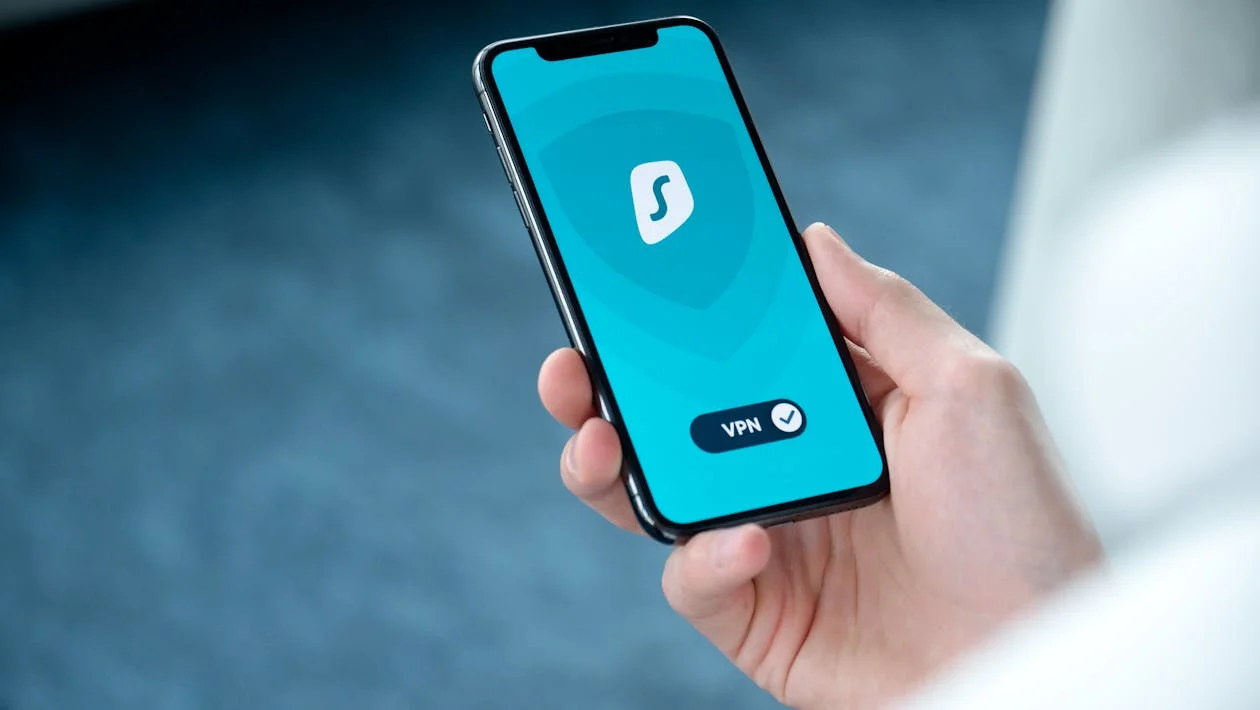How Secure Connections Streamline Hybrid Communication at Work

Hybrid work environments require communication strategies that are strong enough to sustain productivity while also ensuring sensitive data is protected.
Secure digital channels help facilitate work across the distances of remote and in-office team members and keep connected teams working collaboratively while safeguarding sensitive company and client information.
Here are ways secure connections improve hybrid communication.
Remote Access using VPNs
Remote staff must install Virtual Private Networks (VPNs) to ensure safe access to your firm's systems. An authentic encryption service, such as Bitdefender VPN, is essential in complementing your firm's security by end-to-end encrypting your internet data.
It adds a layer of safety to your online activities, especially if users browse public Wi-Fi networks. Employees can collaborate on assignments in unguarded situations while protecting the company's confidential information.
When employees use a VPN, IT can secure access to the server while controlling who can access their company's internal server.
As organizations adapt by utilizing hybrid workflows, introducing a VPN erases opportunities for possible attacks, makes remote access easier, provides effective communication, and creates data redundancy by working on owned property while minimizing exposure to cyberattack risks.
Encrypting Data for Secure Exchanges
End-to-end encryption is the fundamental security process for secure hybrid communication, where messages, files, and video streams are intended to be confidential while in transit.
Vendors like Zoom and Microsoft Teams utilize encryption protocols to ensure nobody can access client data and internal conversations. This is vital for hybrid teams, as they share sensitive information - like financial reports and operational plans - over multiple sites.
Using encrypted tools allows hybrid teams to streamline workflows and retain trust amongst employees and clients, reducing the unnecessary risk of someone being able to intercept their communications, even on potentially unsecured networks.
Businesses utilizing secure encrypted tools are not only complying with data-related legislation (like GDPR) but also creating a purpose-built environment for their teams to work with added security measures, allowing teams to function free of concerns over unexpected data leaks.
Simplifying security concerns surrounding data flows enhances communication, drives collaboration, engagement, and productivity, and focuses on the process of innovation.
Enforce Multi-Factor Authentication (MFA)
Multi-factor authentication (MFA) gives depth to hybrid communication using many identifiers (passwords, biometrics, one-time passcodes, etc.) to enter a setting such as Slack, Google Workspace, or Trello.
MFA protects sensitive documents and communication from users whose login credentials have been compromised. In a hybrid environment where employees could discuss company or client contracts or product launches on a personal device, MFA ensures that legitimate team members access the communication.
MFA increases confidence in digital collaboration while reducing the time spent worrying about account breaches.
When MFA is required across communication tools, employee workflows are improved because interruptions for cybersecurity reasons are limited, resulting in a more seamless experience for digital interactions intended for a distributed workforce.
Streamlining Communication with Secure Platforms
Unified communication tools like Cisco Webex or Microsoft Teams bring texting, calling, and video into a single and secure platform. Sharing multiple tools with teams in hybrid mode could increase the risk of data leaks with various tools.
When you provide a single communication space, you can access security functionality on these platforms to ensure people are safe in their communication. Secure platforms have tracked and monitored access so the IT department or team can assess conversations with sensing information without violating privacy.
Employees can seamlessly switch from a texting session to a video call, organizing all communication under one central point using a single entry point for internal communication to streamline the workflow.
Enhanced collaboration and project work mean teams can quickly share information or files without being in the same building. Centralized and secure platforms allow IT teams to establish their own standards with privacy and ensure data protection standards are only applied to their own monitored and controlled communications with a trusted group across their hybrid workforce.
Training Teams to Use Secure Communications
Regular training on secure communications equips employees to safeguard sensitive information while working in hybrid model environments. Learning workshops on phishing education, creating strong passwords, and using tools for communicating as designed allows employees and teams to frame down risks before they happen.
For instance, teaching employees to confirm email senders' legitimacy before sharing sensitive client information can prevent capital loss from cyber breaches.
Training also includes education on best practices using video calls, secure meeting links, and sharing screens without showing anything sensitive. By educating employees to think sensibly about security, they create a culture that will expand trust in ever-growing digital connections while reducing vulnerability.
Being proactive also reduces the potential for interruptions in productivity, forcing teams to stop only for significant incidents and allowing for continuous collaboration for projects or day-to-day productivity.
Ongoing training for the hybrid workforce creates knowledge and awareness to tackle potential risks, maintaining efficiency by keeping communications ongoing through consistent practices for data integrity.
Endnote
Secure digital communication channels are a must to reduce the complexity of hybrid communication, protect sensitive data, and ease collaboration. Spanning encryption and VPNs to MFA, secure file transfer, and single-point platforms, these solutions address the complexities of remote workforces.
Enhanced video security, employee training, and monitoring of channels also ensure confidentiality and policy adherence. By adopting these secure connection techniques, organizations create a strong hybrid workplace where productivity thrives, trust is maintained, and confidential information is protected, enabling teams to focus on innovation and growth.